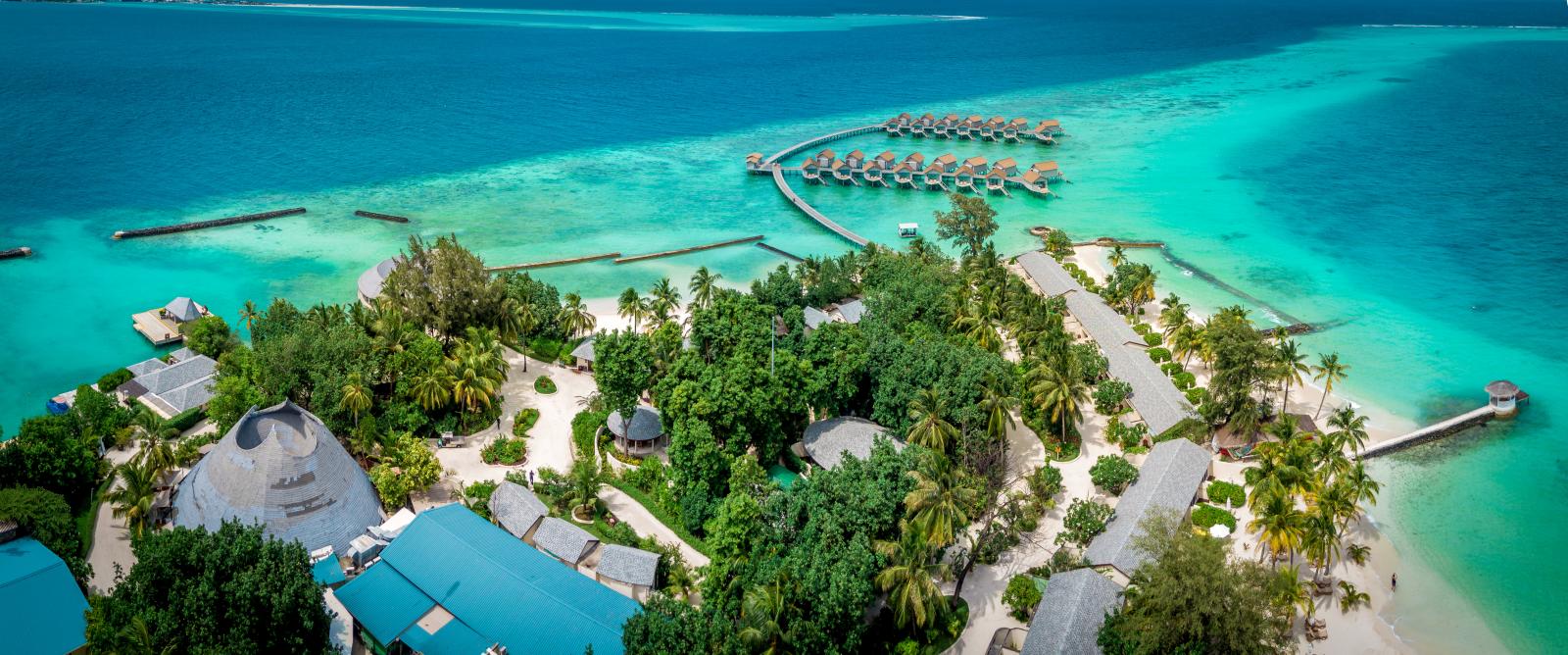Maldives Geography
Boasting a vibrant palette of azure waters, white sand beaches and lush tropical scenery, the Maldives is one of the world’s most jaw-dropping destinations. Sitting in the Indian Ocean, south-west of India, the Maldives has a total land mass of 298 sq km, making it the smallest Asian country. While the Maldives boasts an expansive underwater mountain range, only 1% of the country actually breaks the water’s surface.
The Maldives is made up of 26 coral atolls and has approximately 1,190 islands which span over 90,000 sq km of ocean. Most atolls are fringed by large ring-shaped coral reefs which support the islands. Only 200 of the Maldives’ islands are inhabited full time and approximately 100 are occupied by hotels and resorts.

The Maldives is an incredibly low-lying region located 717 km from Sri Lanka and 430 km from India. While a few islands feature sand dunes, generally, the land rises between 1 and 1.5 metres above sea level, making it one of the most unique landscapes on earth. Consisting mainly of vibrant coral reefs and pristine sand bars, the Maldives is home to over 2,000 species of fish. Additionally, with its breathtaking backdrops and brilliant blue waters, the Maldives offers plenty of opportunities for beach going, snorkelling and scuba diving.
Many visitors begin their Maldives holiday upon arrival in Malé. The main island, Malé is the capital and most populous city with approximately 133,000 residents. With an area of just 9.27 sq km, Malé is considered one of the most densely populated cities in the world. The city is also home to the government quarters, a hospital and schools. While you can stay on the island, most visitors will only visit Malé for the international airport. Speedboats and scenic flights are available to transport guests from Malé to their resorts.
